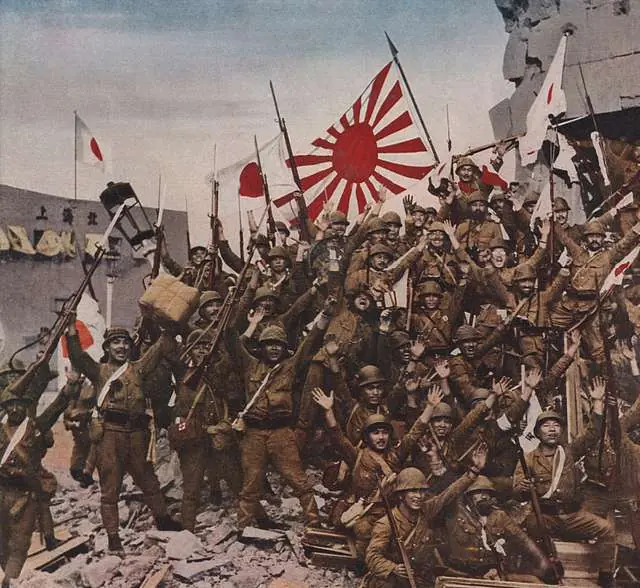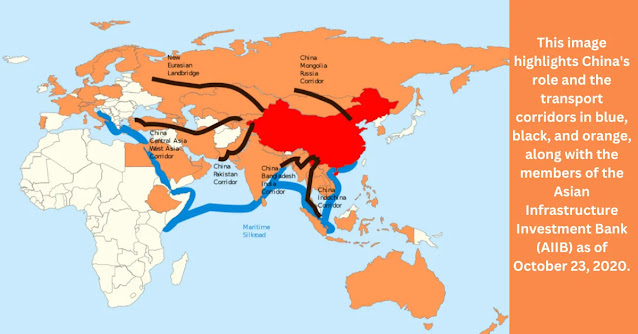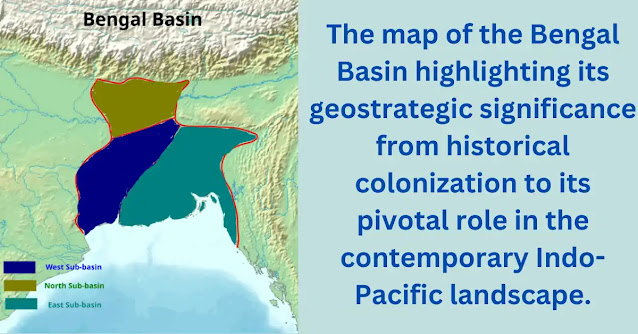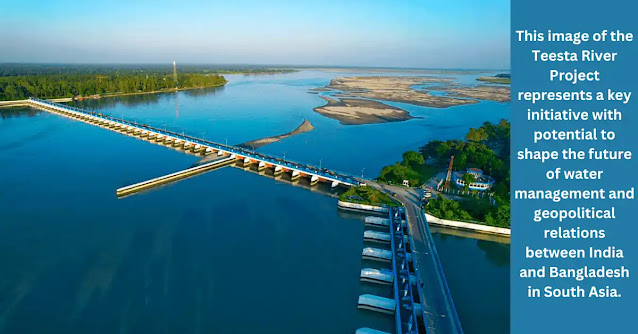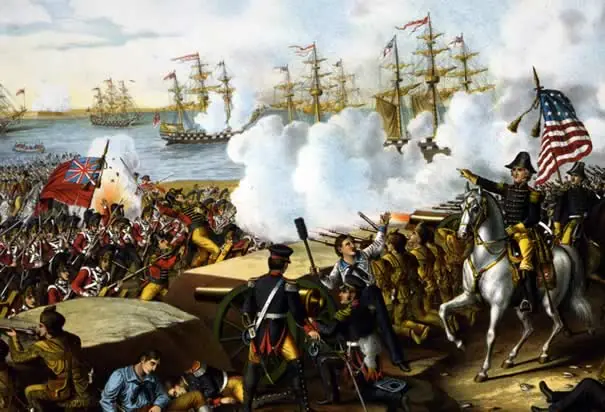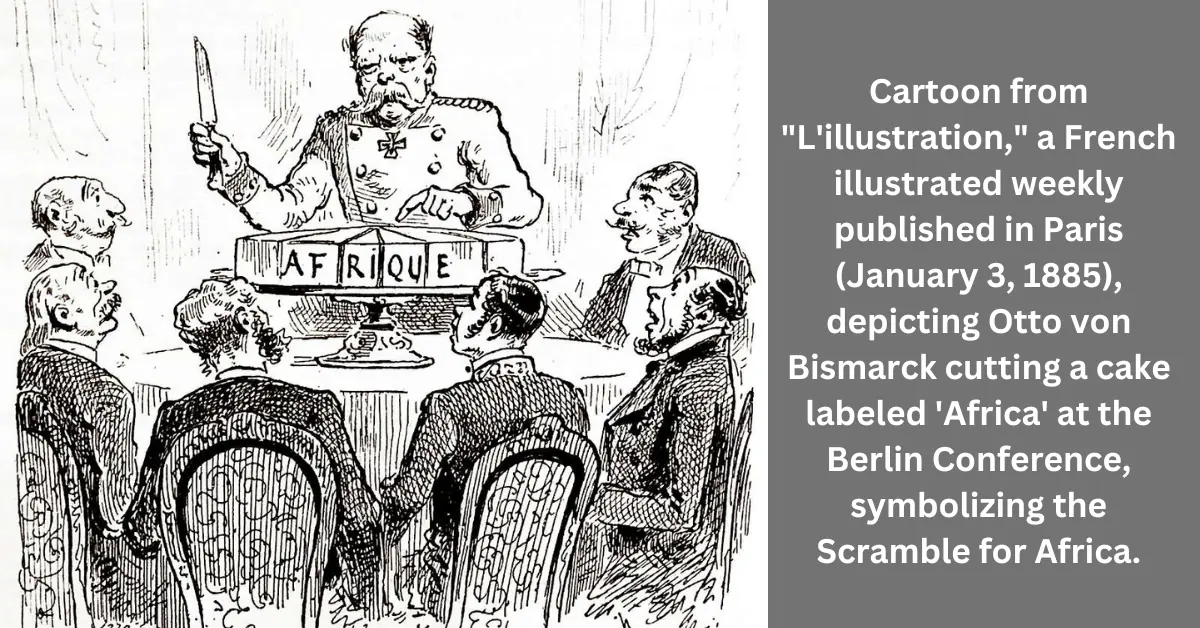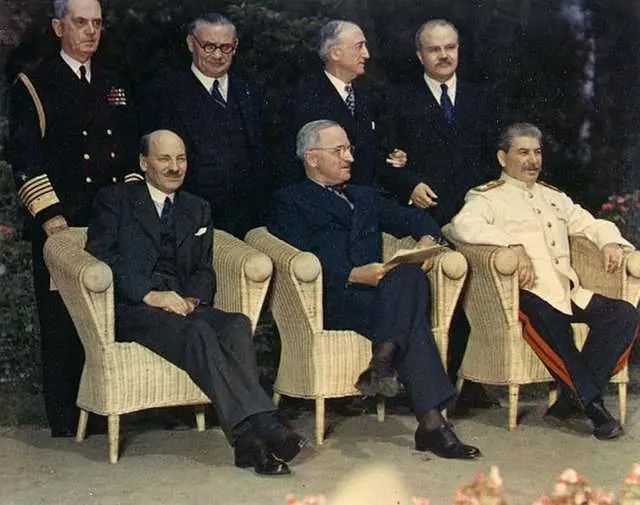Semi-Militarized Legacy: Cossacks’ Influence on Russia’s Success in Manchuria
Manchuria, also known as Dongbei in Chinese, is a historical region in Northeast Asia, covering parts of present-day China and Russia. Spanning approximately 1.3 million square kilometers, the region has long been a focal point of Russia’s Far Eastern Policy. While the majority of Manchuria remains under Chinese control—administered through the provinces of Heilongjiang, Jilin, and Liaoning—Russia governs the northern areas as part of its broader geopolitical strategy in the Far East. The division of Manchuria reflects the lasting impact of Russia’s Far Eastern Policy, shaping regional dynamics and historical territorial claims.
On the other hand, the northern part of historical Manchuria extends into Russian territory, and it is administered by Russia. This includes Primorsky Krai, Amur Oblast, and Khabarovsk Krai. These Russian territories were historically part of the Qing Dynasty’s Qing northeastern borders.
 |
| Image Source: Google, Cossacks |
💻 Table of Contents:
- The Journey of a People: From Eastern Barbarians to Rulers of China
- Pyotr Beketov: Cossack Leadership in Manchurian Settlements
- The Treaty of Nerchinsk (1689)
- The Treaty of Kiakhta (1727)
- The Treaty of Aigun (1858) and the Treaty of Beijing (1860)
- The Boxer Protocol and the Russo-Japanese War
- The Treaty of Portsmouth (1905)
- Division of Manchuria
Manchuria’s historical and geopolitical significance has made it a region of interest for both China and Russia. It has been a historically contested area, with shifts in control and borders over the centuries. Today, the division of Manchuria is a result of historical and political developments, and the current borders are internationally recognized. This article highlights Russia’s diplomatic achievement in taking over Manchuria, which started with the presence of the Cossack semi-military forces.
The Journey of a People: From Eastern Barbarians to Rulers of China
In ancient Chinese records, they were called the Donghui or “Eastern Barbarians.” In the 3rd century BC, they were known as Sushen or Yilou, and in the 4th to 7th centuries AD, Chinese
historians referred to them as Wuji or Momo. By the 10th century AD, they adopted the name Juchen. These Juchen established a significant kingdom in Manchuria, and by AD 1115, their dynasty, called Jin in Chinese records, had gained control over northeastern China.
However, their kingdom faced destruction at the hands of the Mongols in 1234, forcing the surviving Juchen back into northeastern Manchuria. Centuries later, their descendants, now called the Manchu, rose to prominence. The Manchu tribes had distant connections to the Mongols and Turks. They regained control of Manchuria, moved south, and conquered Beijing in 1644. By 1680, the Manchu established complete control over all sections of China under the Qing dynasty.
Despite maintaining a powerful government until about 1800, the Manchu eventually faced a decline. It wasn’t until 1911/12 that the Qing dynasty was overthrown, marking the end of their
rule in China.
 |
| Image Source: Google, Russia China Manchuria Map |
Pyotr Beketov: Cossack Leadership in Manchurian Settlements
The Cossacks are a mainly East Slavic Orthodox Christian people who resided in Ukraine and Southern Russia. In the past, they were semi-nomadic and semi-militarized people. While they were subject to various Eastern European countries, they had a unique self-governance system in exchange for military service.
Russian exploration and Cossack activities played a role in the expansion of the Russian Empire into the Far East, including the Nerchinsk region. The Cossacks, known for their military and exploratory skills, were often involved in such endeavors. During Tsar Peter the Great’s rule, the Russian government aimed to expand its influence to the east for reasons such as economic interests and access to the Pacific.
During the late 17th century, Cossack expeditions were sent to explore and secure territories in the Far East, including areas around the Amur River and the Nerchinsk region. Notable in Cossack exploration, Pyotr Beketov hold historical significance. These expeditions were part of a broader effort to expand Russian influence and control over the vast Siberian and Far Eastern territories. The Cossacks played a crucial role in these endeavors due to their experience in frontier warfare and exploration.
 |
| Image Source: Google, Russian Soldiers, Manchuria |
Pyotr Beketov was a Russian explorer and military officer who played a role in the settlement of Cossacks in Manchuria during the 17th century. Beketov was appointed as the head of the Amur Cossack fort of Albazin in 1665, which was situated on the Amur River in the Russian Far East.
Under Beketov’s leadership, Albazin became a key Russian outpost in the region, strategically positioned to control trade routes and protect Russian interests. The Cossacks, under Beketov’s
command, engaged in both military and economic activities, establishing relations with the local indigenous peoples.
The settlement of Cossacks in Manchuria was part of Russia’s efforts to expand its influence in the Far East. It also contributed to the development of trade and economic ties between Russia and China. However, the presence of Russian settlers in the region led to tensions with the Qing Dynasty in China, as both powers sought to assert control over the valuable territory.
The events in Albazin and the broader region eventually led to conflicts between Russia and the Qing Dynasty, including the Siege of Albazin in 1685. The settlement and military activities of Cossacks in Manchuria during this period were significant in shaping the historical and geopolitical landscape of Northeast Asia.
Antsiferov, along with other Cossack explorers, was part of the Russian expansion into the Far East. His exploration and efforts played a role in Russia’s presence in Manchuria, contributing to the foundation of settlements in the region.
 |
| Image Source: Google, Boxer Rebellion |
Danila Antsiferov’s specific contributions to the establishment of Russian settlements in Manchuria may include selecting strategic locations, overseeing the construction of fortifications, and facilitating the development of these areas into centers of Russian presence and influence.
Overall, the efforts of explorers like Danila Antsiferov played a crucial role in shaping the early history of Russian settlements in Manchuria, contributing to the broader geopolitical landscape in the region.
The relationship between the Russian Empire and the Qing Dynasty during the 19th and early 20th centuries was marked by a series of treaties and agreements that significantly shaped the fate of Manchuria, a region located in northeastern China. These agreements, although often driven by strategic and territorial ambitions, had a profound impact on the dynamics of power and influence in the region.
The Treaty of Nerchinsk (1689):
The Treaty of Nerchinsk, signed between the Qing Dynasty and the Russian Empire, established the border between the two empires. It marked a significant turning point in their relationship, as it ended decades of border conflicts and served as the first formal diplomatic agreement between the two powers. The treaty ceded the Amur region to the Qing Dynasty, solidifying their control over the area, while the Russians gained access to trade with China.
 |
| Image Source: Google, Japanese Russian Peace Conference |
The Treaty of Kiakhta (1727):
The Treaty of Kiakhta further solidified Russo-Qing relations by defining trade regulations and establishing a border crossing point between Russia and China near the town of Kiakhta. This treaty expanded trade opportunities for both parties and facilitated the exchange of goods and cultural influences between the Russian Empire and the Qing Dynasty.
The Treaty of Aigun (1858) and the Treaty of Beijing (1860):
These two treaties, signed as a result of the Second Opium War, marked a significant expansion of Russian influence in Manchuria. Under the Treaty of Aigun, the Amur River was recognized as the official border between Russia and China, while the Treaty of Beijing further solidified this arrangement and secured Russian control over the region of Primorye, including Vladivostok. These treaties granted Russia access to crucial ports and opened up opportunities for economic and military expansion in Manchuria.
The Boxer Protocol and the Russo-Japanese War:
In the early 20th century, several events further shaped the Russian presence in Manchuria. The Boxer Protocol, signed in 1901, aimed to suppress the Boxer Rebellion in China and included provisions allowing foreign powers, including Russia, to station troops in Manchuria. This presence laid the groundwork for the Russo-Japanese War (1904-1905), which culminated in Japan’s victory and the subsequent transfer of Russian interests in Manchuria to Japan. This marked a significant shift in the power dynamics of the region.
The Treaty of Portsmouth (1905):
The Treaty of Portsmouth, mediated by President Theodore Roosevelt, ended the Russo-Japanese War and brought about various territorial changes. As a result, Russia surrendered its leasehold rights over Port Arthur, Dalian, and the South Manchurian Railway to Japan. These concessions solidified Japan’s control over Manchuria and triggered further geopolitical tensions in the region.
 |
| Image Source: Google, Yalta Conference |
💻 You May Also Like:
- The Yalta Conference: A Political World-Order & American Plan
- The Rise and Fall of the Iron Curtain: A Divided Europ
- The Fall of Imperial Russia: From Tsarist Rule to Bolshevik Revolution
- The Soviet Invasion of Manchuria: Catalyst for the End of World War II
Division of Manchuria:
After Japan’s defeat in World War II, the division of Manchuria between Russia and China was part of the post-war agreements and negotiations. The specific process involved diplomatic discussions and agreements between the Allied powers, particularly the Soviet Union and the Republic of China.
At the Yalta Conference in February 1945, the leaders of the Allied powers, including Joseph Stalin of the Soviet Union, Franklin D. Roosevelt of the United States, and Winston Churchill of the United Kingdom, discussed the post-war division of territories in Asia. It was agreed that the Soviet Union would enter the war against Japan once Germany was defeated and would receive certain territorial concessions in return.
In accordance with the Yalta agreements, the Soviet Union launched an offensive against Japanese forces in Manchuria in August 1945, just days before Japan’s official surrender. The Soviet Red Army quickly occupied significant portions of Manchuria. The division of Manchuria into two parts for Russia and China was influenced by the geopolitical considerations of the time. The Soviet Union occupied the northern part of Manchuria, including key cities such as Harbin, while the southern part was returned to the Republic of China.
Conclusion
The historical story of Manchuria embodies a complex interplay of diplomatic talks, territorial pacts, and strategic shifts in power, closely linked to Russia’s Far Eastern Policy. The semi-militarized Cossacks played a crucial role in Russia’s expansion into the Far East, with figures like Pyotr Beketov and Danila Antsiferov leading efforts that laid the foundation for Russia’s diplomatic successes. Their exploration and establishment endeavors in Manchuria were instrumental in advancing Russia’s Far Eastern Policy, shaping subsequent geopolitical developments, and reinforcing Russia’s lasting influence in the region.
Frequently Asked Questions
Is Manchuria part of China or Russia?
Manchuria is a historical region in Northeast Asia, divided between China and Russia. The majority, including Heilongjiang, Jilin, and Liaoning provinces, is part of China, while the northern areas, such as Primorsky Krai and Amur Oblast, are under Russian control.
Who were the Manchus rulers of China and how did the Manchus come to rule China?
The Manchus, descendants of the Juchen, established the Qing dynasty after conquering Beijing in 1644. They ruled China until the dynasty was overthrown in 1911/12.
How did the Cossacks contribute to the Russian expansion into Manchuria?
The Cossacks, known for their military and exploratory skills, played a key role in Russia's expansion into the Far East, including Manchuria, through expeditions and securing territories during the 17th century.
What did the Treaty of Portsmouth do?
The Treaty of Portsmouth ended the Russo-Japanese War, with Russia ceding Port Arthur, Dalian, and the South Manchurian Railway to Japan, strengthening Japan's control over Manchuria.
What happened to Manchuria after World War II?
After WWII, the Soviet Union occupied northern Manchuria, while the southern part was returned to the Republic of China, as per the Yalta agreements.

